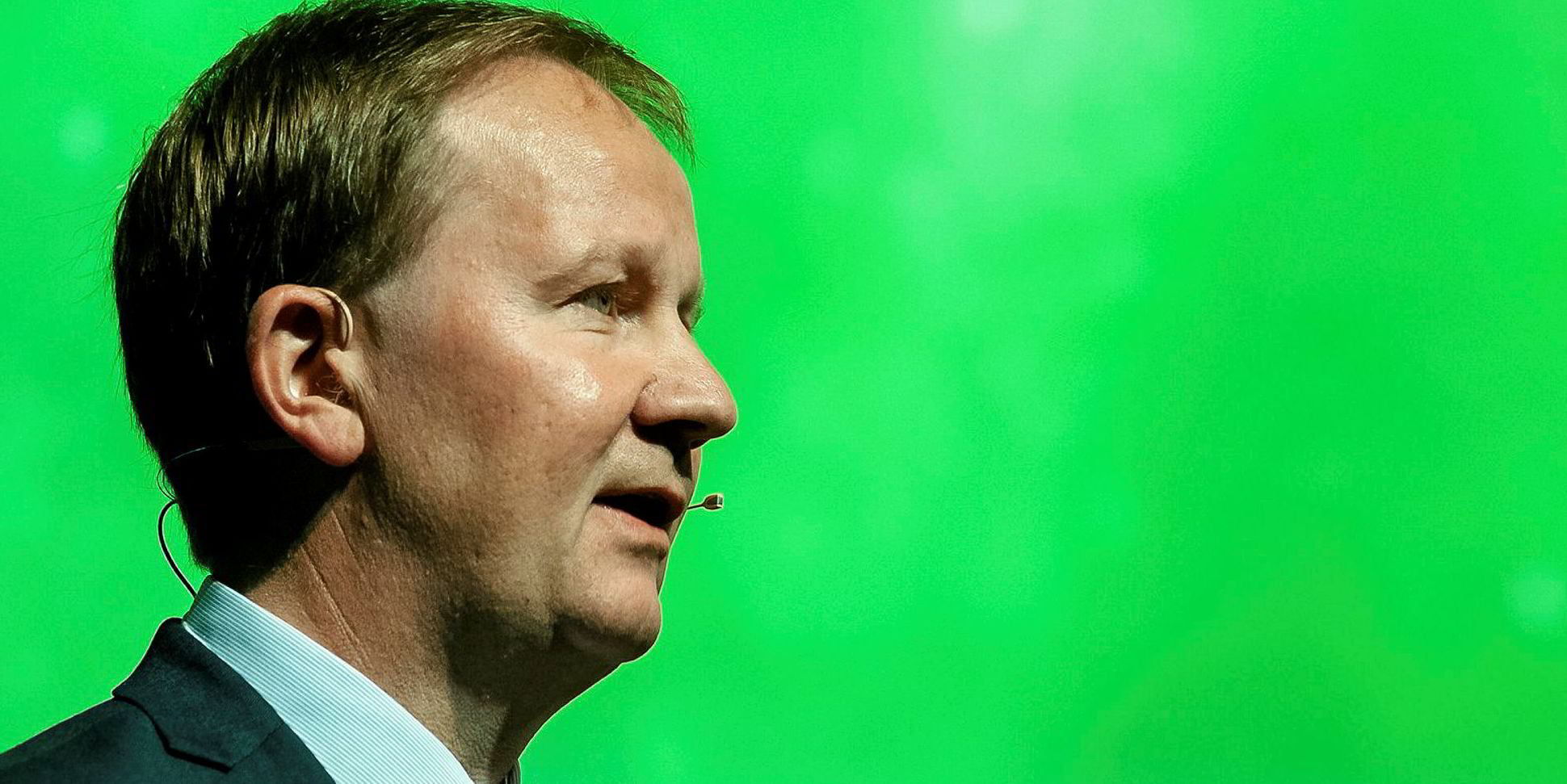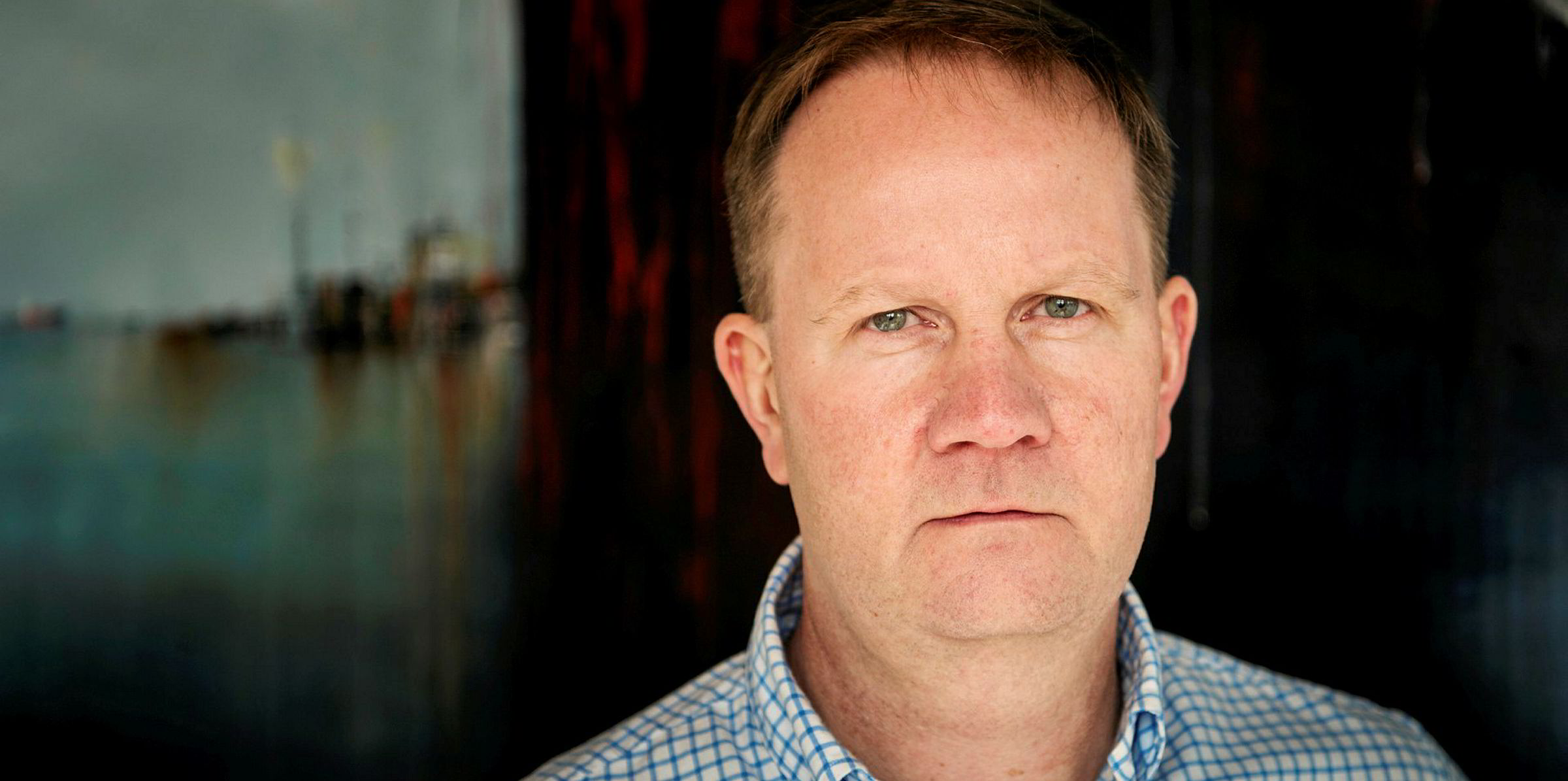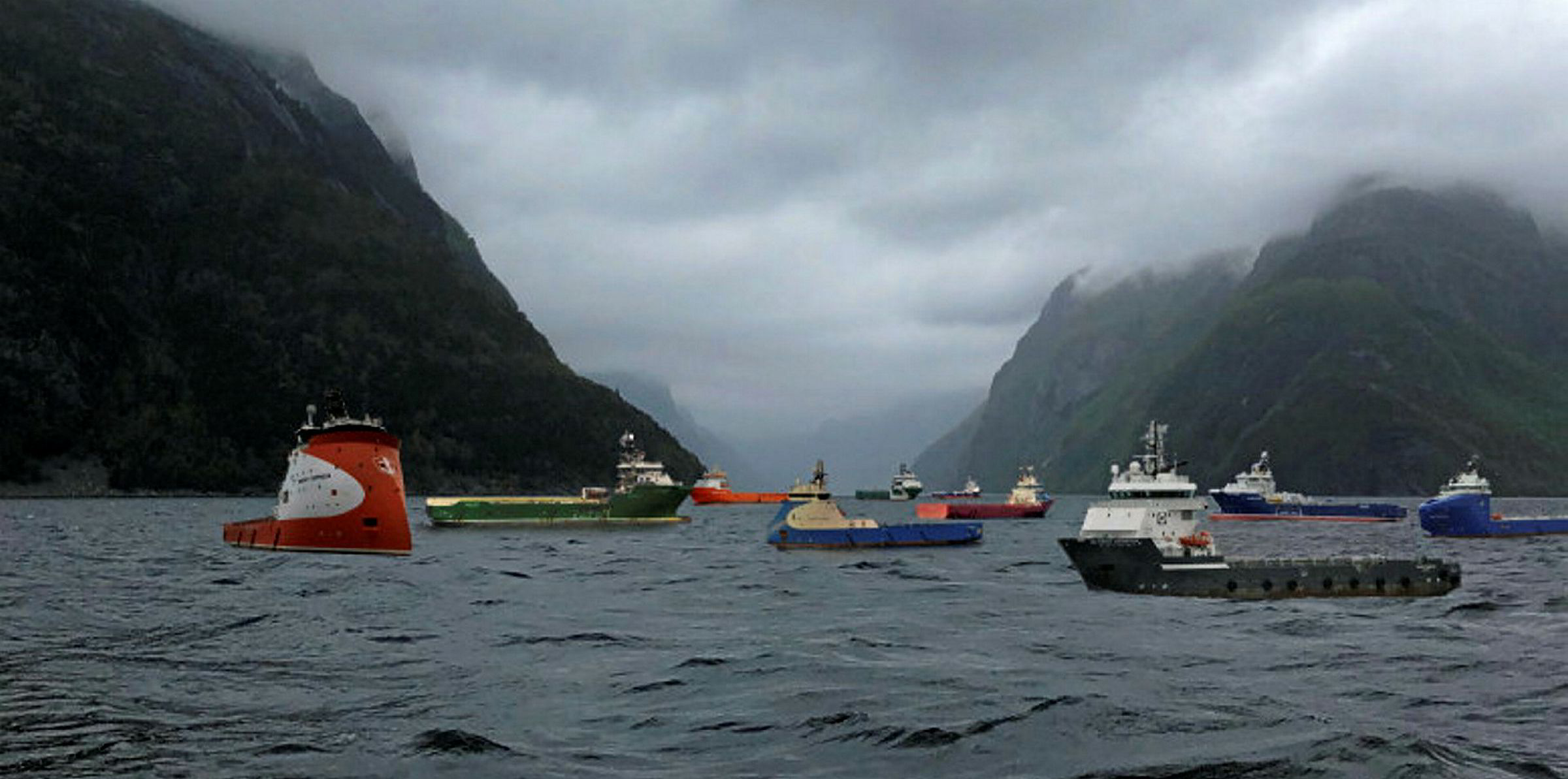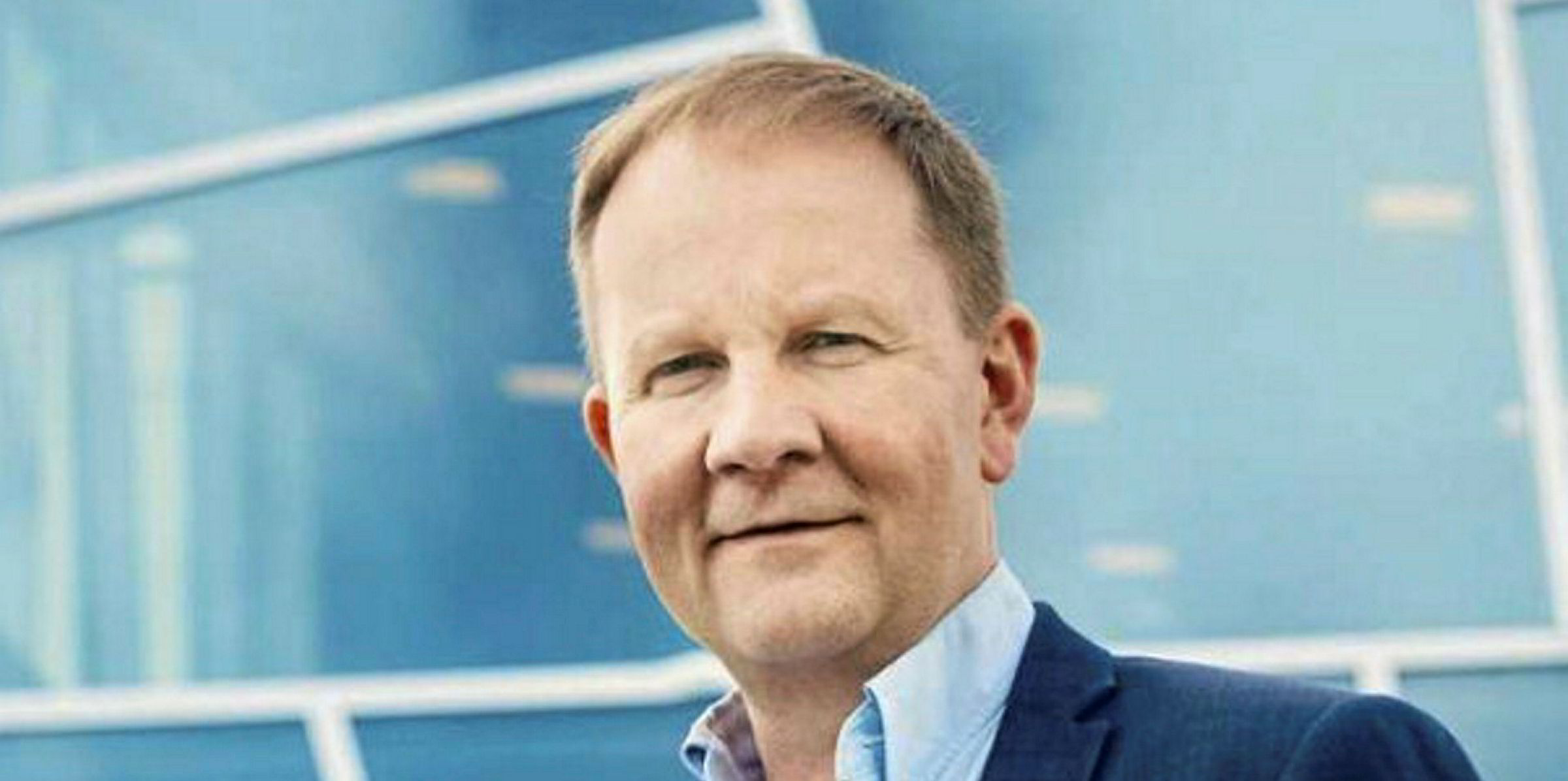Lars Peder Solstad will have a lot on his plate in the coming years as the offshore support vessel sector seeks to emerge from the doldrums and diversify into renewable businesses.
But the second-generation Norwegian shipowner, the son of Solstad Offshore’s founder, Johannes Solstad, has the experience and tenacity to succeed.
The master mariner began his Solstad career in 1989, working on the company’s vessels.
In 1996 he started onshore in the chartering department and by 1999 he had become managing director of management company Solstad Shipping.
Since 2002 he has been chief executive of the parent group, marking a generational shift for Solstad, which was set up in 1964.
He oversaw a period of globalisation for the company in the 2000s, as well as entering the subsea sector, following its stock listing in Oslo in 1996.
But a severe downturn in an over-tonnaged North Sea market in 2014 saw Solstad plunged into seemingly never-ending refinancing talks with lenders and bondholders.
Its problems appeared to be solved when takeovers of Rem Offshore, and later Farstad Shipping and Deep Sea Supply, were clinched in 2017.
This brought heavyweight investors Kjell Inge Rokke and John Fredriksen in as shareholders, with the Solstad family retaining a stake.
However, the Covid-19 pandemic and oil price fall this year forced the company to seek a new solution to a deep liquidity crisis.
It emerged in June with a $2bn restructuring deal that saw banks take over all but 0.4% of the company. But crucially, the agreement gave the Solstad family, Rokke and Fredriksen the option to build their combined stakes back up to 33% — which they have pledged to do.
‘It’s a family thing’
And observers say it is this family pride in the company and its name that spurs Lars Peder Solstad on, when other traditional names have disappeared. “It’s a family thing,” one source adds.
The company is based in the beautiful remote hamlet of Skudeneshavn, on the far tip of an island off the coast. This “creates a sense of community”, the insider adds, and Solstad is a big employer. “His family name is there and it survived through restructuring. And he survived.”
To stick it out, the observer says Solstad “must be driven by something other than just money, right?”
The man himself has said he has never taken his involvement for granted, but first realised he wanted to be a part of the family company when he went offshore through a school work scheme at 14.
Over the next decade and beyond, the former president of the Norwegian Shipowners Association will have to face big challenges as charterers turn away from the oil industry.
Transitioning to handle renewables work such as offshore wind farms is hard at the best of times, but even tougher in a slump that has put pressure on cash reserves.
“The balance sheet dates from when markets were different,” the observer says, adding that Solstad is still one of the shipowners best positioned to make the change into wind and aquaculture.
“He still has the backing and belief of big investors like Fredriksen and Rokke, who still effectively run the company because the banks don’t want to.”
In addition, Rokke’s Aker BP oil and gas contracting company is always a potential source of vessel charters.
The company proclaims itself to be the world’s largest owner of high-end offshore vessels, with 125 on its books.
Solstad highlighted a recent contract win in Taiwan as important: it will deploy a construction support vessel for wind farm work there over 220 days from next year.
It logged a net loss of NOK 805m ($92.5m) in the second quarter, compared with a NOK 342.5m loss in 2019. Equity is negative to the tune of NOK 7bn.
But its contract backlog is NOK 8bn, with NOK 3.6bn of this due in the next 12 months. The revival is underway.






